Disclosure: This article contains affiliate links. We may earn a commission from purchases at no extra cost to you, which helps our travel content.
There's something about approaching Anchorage from 35,000 feet that never fails to take my breath away. As an air traffic controller, I've guided countless aircraft through challenging weather systems, but nothing quite compares to the atmospheric phenomena that dance across Alaska's winter skies. The convergence of Arctic air masses with the warming influence of the Pacific creates a meteorological theater unlike anywhere else on earth. Last month, I traded my headset at Pittsburgh International for a week of adventure in what I consider North America's ultimate winter laboratory. This wasn't my first Alaskan rodeo—I've been documenting weather patterns here since my early thirties—but this particular expedition was designed specifically to push boundaries: dog mushing across pristine snowfields, hunting the elusive aurora borealis, and scaling frozen waterfalls that defy gravitational logic. For couples seeking the ultimate winter adventure, prepare yourselves for what meteorologists like my ex-wife would call 'a perfect storm' of adrenaline, natural wonder, and luxurious comfort.
Dog Sledding: Mushing Through Meteorological Marvels
The relationship between atmospheric conditions and dog sledding performance is something I've studied for years, but experiencing it firsthand still manages to humble me. Booking a three-day expedition with Alaskan Wilderness Mushing was, without question, the cornerstone of this journey.
Our guide, Mick Eriksson—a four-time Iditarod competitor with weather-reading abilities that rival my wife's meteorological expertise—introduced us to our team of Alaskan huskies at daybreak. The temperature hovered at -15°C (5°F) with a light northeasterly wind of 8 knots—perfect conditions for mushing. The dogs sensed it too, their excitement palpable as frost formed around their muzzles.
As we pushed off from the outpost 30 miles outside Anchorage, I was struck by how the varying snow conditions affected our momentum. Where wind-packed drifts created resistance, our lead dogs (magnificent creatures named Thunder and Storm) instinctively adjusted their pace. Through spruce forests and across frozen lakes, we traversed nearly 30 miles that first day, eventually reaching a remote cabin where Mick prepared a meal that would rival any five-star establishment in Anchorage.
Day two brought a fascinating mesocyclonic system that deposited 4 inches of powder—transforming our route through Chugach State Park into something from a winter fantasy. The silence was profound, broken only by the rhythmic padding of paws and the occasional commands between musher and dog. We stopped frequently for photography, and my weather-sealed camera captured the interplay of light through ice crystals suspended in the air—a phenomenon known as diamond dust that occurs only in specific Arctic conditions.
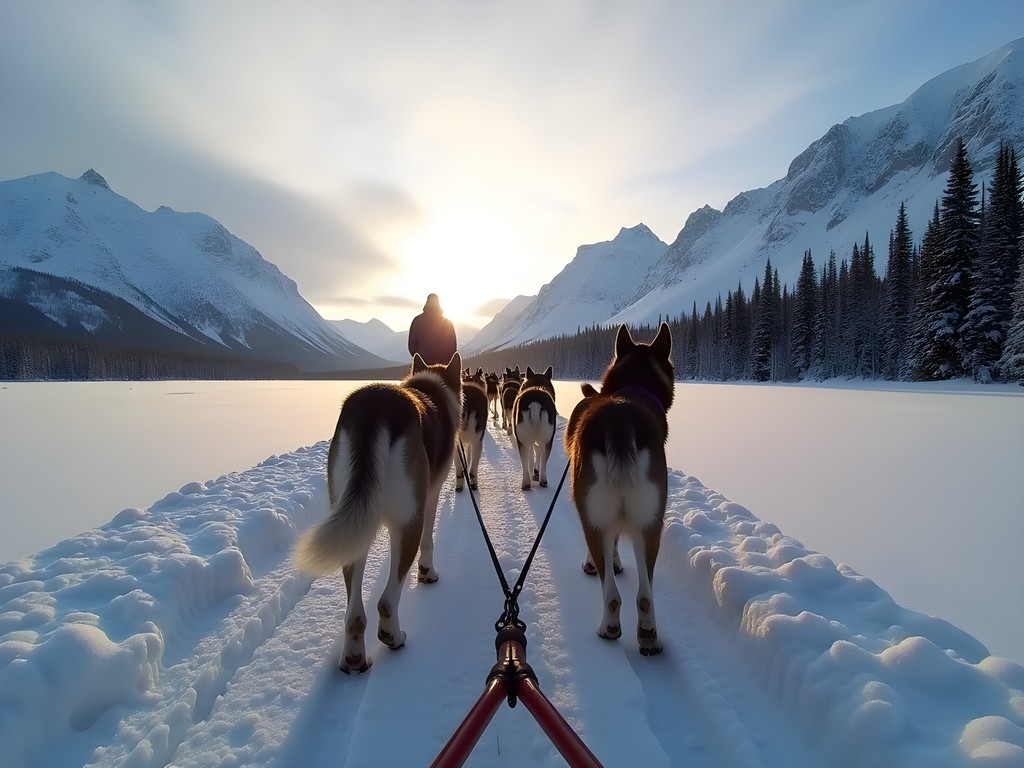
💡 Pro Tips
- Book your dog sledding adventure at least 3 months in advance—the premium outfitters fill quickly
- Layer strategically with moisture-wicking base layers, mid-insulation, and a windproof outer shell
- Bring chemical hand warmers for camera batteries, which drain rapidly in sub-zero temperatures
Chasing the Aurora: A Meteorological Symphony
The Northern Lights aren't merely a visual spectacle—they're a complex interaction between solar particles and our magnetosphere that I've studied for decades. Yet understanding the science does nothing to diminish their magic.
After consulting with local aurora forecasters (and checking the KP index myself), we booked three nights at the remarkable Sheldon Chalet, perched on a nunatak within Denali National Park. At $3,500 per person per night, it represents the pinnacle of luxury aurora viewing—but for those seeking both comfort and optimal atmospheric conditions, there's simply no comparison.
The chalet's isolation means zero light pollution, and its elevation of 6,000 feet puts you above many of the lower atmospheric disturbances that can obscure aurora activity. Our pilot navigated through a challenging inversion layer to land us safely on the glacier, where the staff greeted us with champagne and a spread of Alaskan delicacies.
For aurora photography, I relied on my carbon fiber tripod, which performed flawlessly despite temperatures dropping to -23°C (-10°F). Its carbon construction prevented the thermal contraction issues that plague aluminum tripods in extreme cold.
On our second night, conditions aligned perfectly—a G2 geomagnetic storm coincided with clear skies and minimal moon illumination. What followed was a four-hour display that defied description. The aurora began as a faint green arc along the northern horizon before erupting into undulating ribbons of green, magenta, and rare blue tones that danced directly overhead. The vertical structures, known as corona, created a 360-degree experience as charged particles followed magnetic field lines toward the earth's surface.
My aviation background has given me a unique perspective on atmospheric phenomena, but witnessing the aurora from this vantage point—with nothing between you and these cosmic forces—is profoundly humbling. It's a reminder that for all our technological advancement, we remain subject to forces far greater than ourselves.
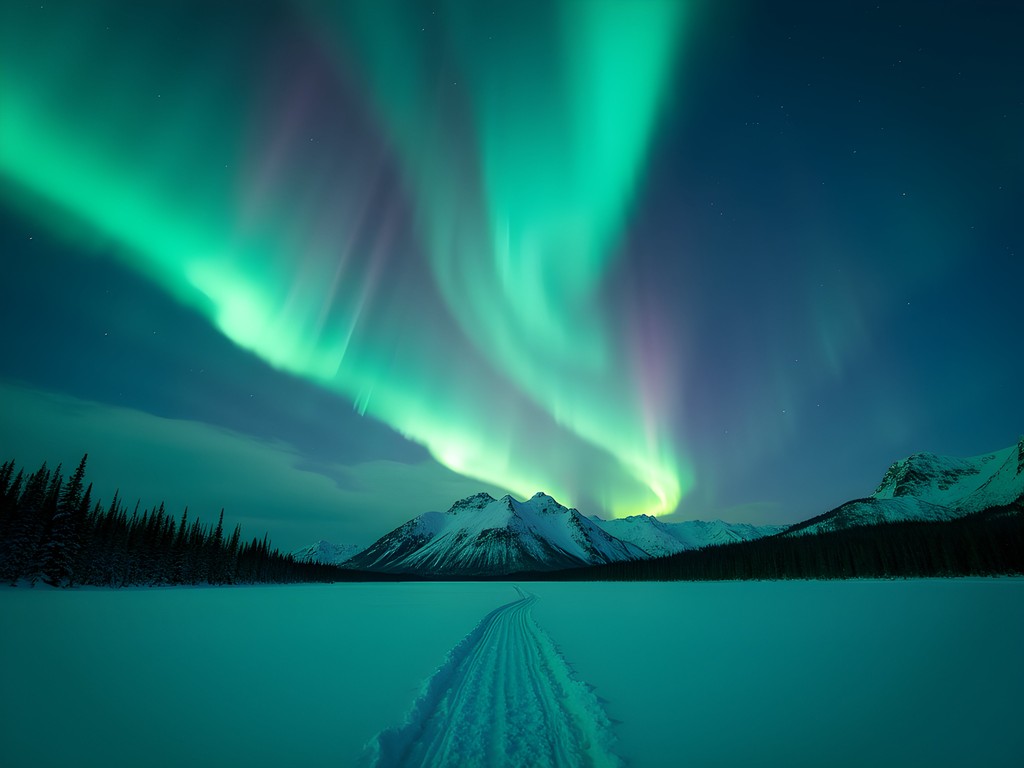
💡 Pro Tips
- Use the University of Alaska's aurora forecast service for scientific predictions beyond tourist-oriented apps
- Set your camera to manual mode with settings around f/2.8, ISO 1600-3200, and 15-second exposures as starting points
- Book accommodations with northern exposure and wake-up calls specifically for aurora sightings
Ice Climbing: Vertical Challenges in Frozen Cascades
The formation of climbable ice features requires a precise sequence of meteorological events—sustained freezing temperatures punctuated by periodic thaws that allow water to flow before refreezing into solid structures. Nowhere are these conditions more reliably produced than in the valleys surrounding Anchorage.
For our vertical adventures, we engaged Alaska Mountaineering School, whose guides possess an intimate knowledge of how weather patterns affect climbing conditions. After a half-day refresher course on technique and safety at their indoor facility, we headed to Eklutna Canyon, where a series of frozen waterfalls offered routes ranging from WI2 (beginner-friendly) to WI5 (expert-only).
Our guide, Tasha Levine—a former glaciologist turned climbing instructor—selected routes based on recent temperature data and ice formation quality. We began on 'Ripple,' a WI3 route with excellent features for tool placement and relatively consistent ice density. Despite my decades of fitness maintenance, the unique demands of ice climbing quickly revealed muscles I didn't know existed.
By day two, we'd progressed to 'The Drip'—a sustained WI4 route that required precise technique and significant upper body endurance. The temperature hovered around -8°C (17°F), ideal for climbing as the ice remained solid without becoming brittle.
My insulated gloves proved invaluable during belays, providing crucial warmth while maintaining enough dexterity for rope handling. They're substantially more expensive than standard winter gloves, but after spending hours managing ropes in sub-freezing temperatures, I consider them essential safety equipment rather than a luxury.
The psychological aspect of ice climbing deserves mention—there's something profoundly focusing about ascending a frozen waterfall with nothing but two ice tools and crampons keeping you connected to the vertical world. For couples seeking both physical challenge and mental clarity, few activities offer such immediate rewards.
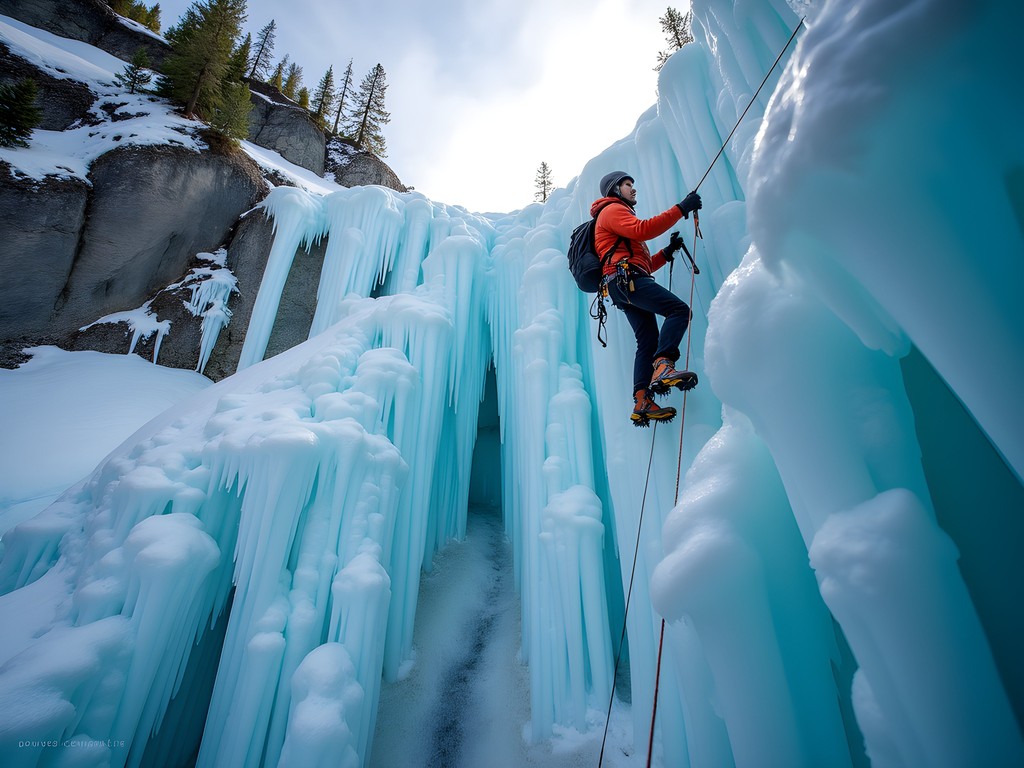
💡 Pro Tips
- Hire a guide even if you have rock climbing experience—ice climbing involves specialized techniques and safety considerations
- Rent equipment for your first outing before investing in your own—quality ice tools alone can cost upwards of $500
- Stay hydrated despite the cold—dehydration occurs rapidly in winter conditions and affects performance significantly
Marine Ecosystems in Winter: Resurrection Bay Expedition
While Anchorage's terrestrial adventures captivate most winter visitors, I've always been fascinated by how marine ecosystems adapt to extreme seasonal changes. Resurrection Bay, accessible via a scenic two-hour drive to Seward, offers a window into this remarkable adaptation process.
We booked a private winter wildlife cruise with Kenai Fjords Tours, one of the few operators maintaining year-round schedules. Captain Joanna McKenzie, a marine biologist who's spent 15 years studying these waters, navigated us through the complex interplay of tidal currents and ice formations that characterize the bay in February.
Despite air temperatures hovering around -5°C (23°F), the Gulf of Alaska's relatively warm waters (3°C/37°F) create fascinating microclimates where diverse wildlife thrives. Within an hour of departure, we encountered a pod of resident orcas—the fish-eating ecotype that remains in these waters year-round rather than migrating. Their dorsal fins cut through waters that steamed in the cold air, creating an otherworldly scene.
As we approached the glacial terminus at Aialik Bay, we witnessed what Captain McKenzie called 'winter calving'—where temperature differentials between ice and water cause spectacular glacial collapses. The resulting thunder echoed across the bay, sending bald eagles soaring from their perches.
For marine photography in these conditions, I relied on my waterproof binoculars which performed admirably despite exposure to sea spray and occasional snow. Their nitrogen-purged construction prevented internal fogging—a critical feature when transitioning between the heated cabin and open observation deck.
The interplay between atmospheric conditions and marine life creates unique viewing opportunities in winter that summer visitors rarely experience. Sea otters gathered in protected coves, their dense fur providing insulation against water temperatures that would kill a human within minutes. Harbor seals hauled out on ice floes, using the floating platforms as protection from predators while absorbing the limited winter sunlight.
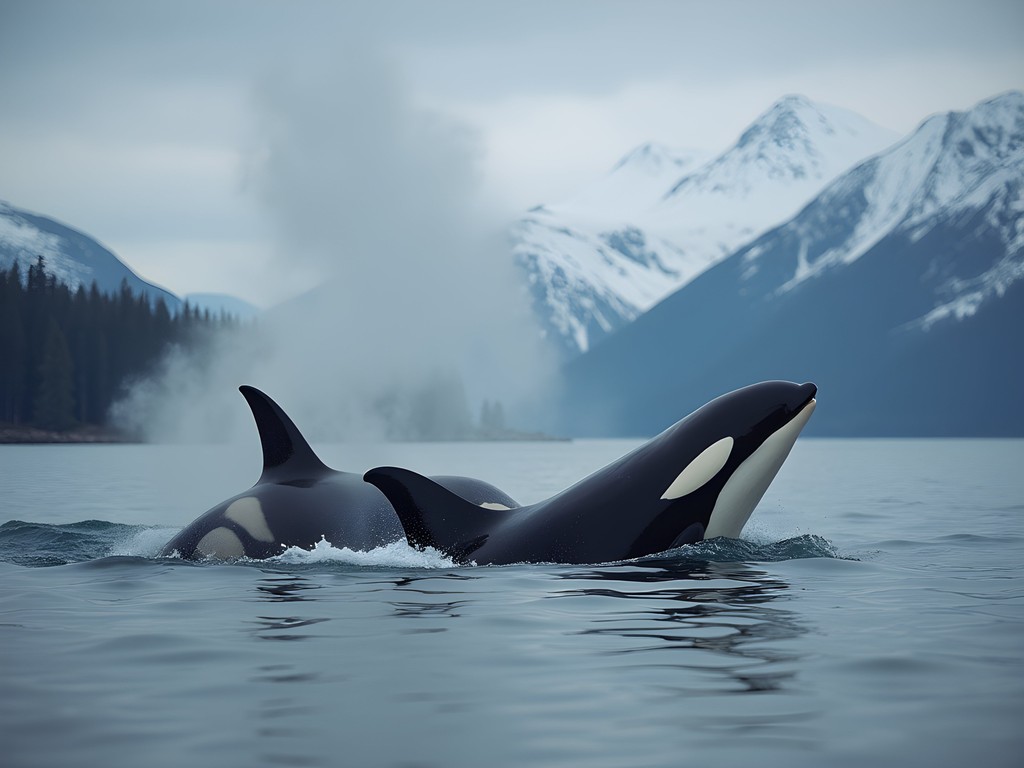
💡 Pro Tips
- Book private or small-group winter cruises rather than standard tours for flexibility in pursuing wildlife sightings
- Layer clothing systems with a waterproof outer shell—marine environments add wind chill and spray to already cold conditions
- Pack polarized sunglasses to cut glare from water and ice surfaces, improving wildlife visibility significantly
Luxury Base Camp: Anchorage's Winter Accommodations
After days spent challenging the elements, returning to luxurious accommodations isn't merely an indulgence—it's a practical necessity for recovery and preparation. Anchorage offers several world-class options, but Hotel Alyeska in nearby Girdwood provided our ideal balance of accessibility to adventures and post-expedition comfort.
Situated 40 minutes from downtown Anchorage, this chateau-style resort sits at the base of Mount Alyeska, where the maritime influence creates snow conditions distinctly different from the continental powder found further inland. The meteorological dynamics here fascinate me—Pacific moisture collides with Arctic air masses, generating some of North America's most reliable snowfall patterns.
Our Deluxe Summit Suite offered panoramic views of the Chugach Mountains, where we could track weather systems moving across the landscape. The room's gas fireplace proved essential for drying gear between expeditions—a practical consideration often overlooked in luxury accommodations.
The hotel's Seven Glaciers restaurant, accessible via scenic tram ride, serves what I'd consider the finest Alaskan cuisine available. Chef Aaron Apling-Gilman's preparation of locally harvested king crab with glacial mineral sea salt demonstrated a profound understanding of regional terroir.
For muscle recovery between adventures, the hotel's spa offers treatments specifically designed for winter athletes. The Alaskan Glacier Mud Wrap—utilizing silica-rich volcanic ash from the Valley of Ten Thousand Smokes—addressed muscle fatigue more effectively than any standard massage I've experienced.
While not inexpensive at roughly $450-700 per night during peak winter season, Hotel Alyeska's combination of location, amenities, and adventure access makes it the optimal base camp for couples seeking both extreme experiences and refined comfort. Their concierge staff maintains relationships with the region's premium outfitters, allowing seamless coordination of the activities described throughout this article.
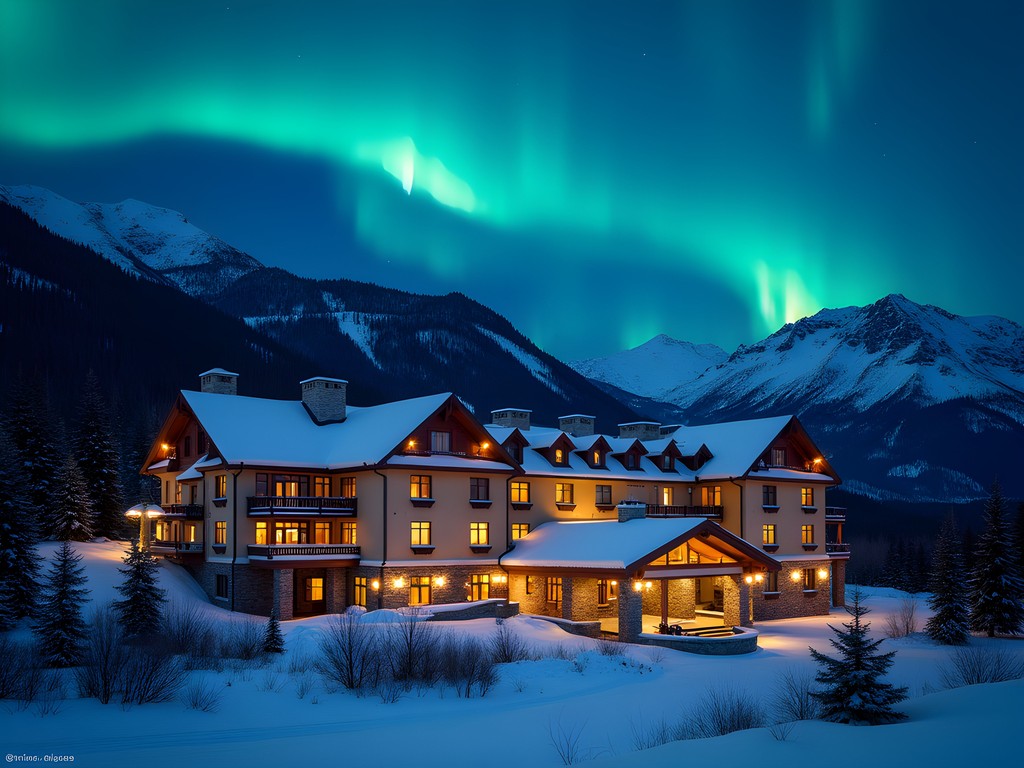
💡 Pro Tips
- Request a room on the mountain side of the hotel for views of night skiing illumination and potential aurora sightings
- Make dinner reservations for Seven Glaciers when booking your room—the restaurant often fills weeks in advance
- Utilize the hotel's equipment storage facilities rather than keeping wet gear in your room
Final Thoughts
As our aircraft climbed through the inversion layer on departure from Ted Stevens International, I watched Anchorage's winter wonderland recede beneath a stratocumulus deck—a meteorological curtain closing on what had been a perfect convergence of adventure, natural phenomena, and luxury. Alaska in winter demands respect, preparation, and a willingness to embrace conditions that many travelers actively avoid. Yet for couples seeking experiences that forge lasting bonds through shared challenge and wonder, there's simply no comparable destination. The relationship between atmospheric conditions and adventure opportunities here creates a dynamic environment where each day brings new possibilities. Whether you're watching your breath crystallize while mushing across pristine snowfields, standing beneath the electromagnetic dance of the aurora, or testing your limits on vertical ice, winter in Anchorage offers rewards proportional to the challenges embraced. As we air traffic controllers say when clearing aircraft for their journeys: you are cleared as filed—now go experience the extraordinary.
✨ Key Takeaways
- Winter in Anchorage offers luxury adventure experiences unavailable elsewhere in North America
- Proper planning and equipment are essential for safety and enjoyment in extreme conditions
- The unique meteorological conditions create opportunities for witnessing rare natural phenomena
📋 Practical Information
Best Time to Visit
January-March for optimal snow conditions and increasing daylight
Budget Estimate
$10,000-15,000 per couple for a week including premium accommodations and private guided experiences
Recommended Duration
7-10 days minimum to experience all activities with weather contingency days
Difficulty Level
Challenging








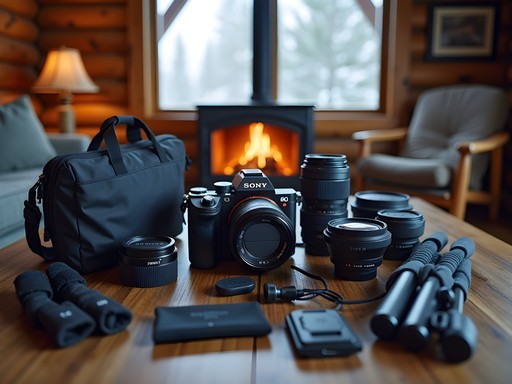






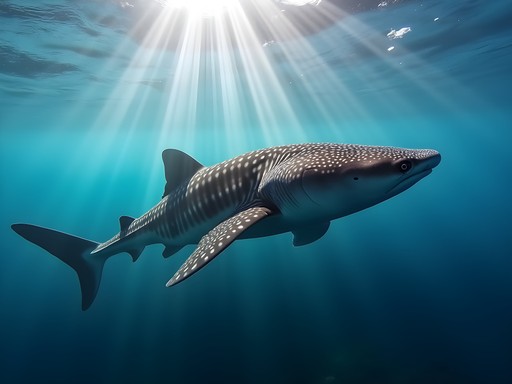
Comments
redrider
Is it possible to see the northern lights and do dog sledding if you only have a weekend trip? Or do you need more time?
freeclimber
Did it in 3 days last year! Dog sledding is easy to schedule but northern lights are never guaranteed. I'd recommend at least 3 nights to increase your chances.
redrider
Thanks! Maybe I'll try to extend my trip to 4 days then.
freeway
Great write-up! For anyone considering winter in Anchorage, don't skip the locals' tip we got - check out the ice sculptures at Town Square. They light them up at night and it's magical after a fresh snow. Also, the Anchorage Museum has an amazing northern lights photography exhibit right now that explains the science behind them.
vacationdiver
Thanks for the museum tip! Adding it to my itinerary for December.
coffeeperson
Just got back from Anchorage last week and your post is bringing back all the feels! The dog sledding was the highlight of our trip too. Our guide was this amazing Iditarod veteran who had so many wild stories. One thing I'd add for anyone going in winter - don't underestimate how cold it gets when you're standing still waiting for the aurora. We brought our hand warmers and they were absolute lifesavers during those 2am aurora watches. That Resurrection Bay expedition sounds incredible though - we missed that one and now I'm kicking myself!
moonfan
What's the best month to see the northern lights there? Planning a trip but can be flexible with timing.
freeway
Not the author but we went in February last year and saw amazing displays 3 nights out of 5! The locals told us Feb-March has clearer skies than Dec-Jan.
moonfan
Thanks @freeway! February it is then!
vacationdiver
Those aurora pics are INSANE! Added to my bucket list immediately!
Gregory Boyd
Fantastic post, Genesis! Your perspective as an air traffic controller adds such a unique dimension to travel writing. I was in Anchorage last winter and can confirm the dog sledding experience is absolutely transcendent. One tip for others planning a similar trip: the microclimate variations around Anchorage can be extreme - I recorded a 15°C difference between the city center and our sledding location just 40 minutes away. Did you find the ice climbing technically challenging? I've done some in the Alps but Alaskan formations seem to have their own character.
coffeeperson
Did you need special training for the ice climbing? Looks intense but I'm tempted to try!
Gregory Boyd
@coffeeperson Definitely take a beginner's course first! Most outfitters in Anchorage offer half-day intro sessions. Worth every penny for safety alone.
Amanda Morris
Genesis, your perspective as an air traffic controller adds such a unique dimension to this travel narrative! I visited Anchorage last winter after reading your previous Alaska post, and the dog sledding experience was transformative. Our musher shared stories passed down through generations of Iditarod racers, creating this beautiful tapestry of history, culture and adventure. The silence of the snow-covered landscape broken only by the rhythmic padding of paws and occasional commands... it's a memory that still gives me goosebumps. For anyone planning to visit: bring proper layers! The beauty of Alaskan winter demands respect. The locals told me "There's no bad weather, only bad clothing" - and they weren't joking! I'd love to hear more about your conversations with the mushers and their connection to the land.
explorewanderer
Amanda your comment just convinced me to book this trip! Did you stay in downtown Anchorage or somewhere else?
Amanda Morris
I split my time between downtown and a cabin near Eagle River. Both were great but the cabin made aurora viewing much easier - less light pollution!
freeclimber
That ice climbing section spoke to me! Did Matanuska Glacier two winters ago and it was insane. Definitely not for beginners though - I'd recommend having some rock climbing experience before attempting it. The guides were super professional but the conditions can change fast. My crampons were crucial for getting good grip on those vertical ice sections. Genesis, did you climb with a group or private guide? Thinking of returning this winter for a more advanced route.
Genesis Hayes
I went with Alaska Mountaineering School - small group (just 4 of us). Definitely agree about having prior experience! The glacier conditions this year were particularly challenging with the unusual warming patterns.
Michael Cook
Fascinating analysis of how the weather patterns affect both the dog sledding conditions and aurora visibility. I was in Anchorage last winter and found that understanding the meteorological factors significantly enhanced my experience. The temperature inversions you mentioned are particularly interesting - I tracked these patterns using the local weather service data and managed to time my northern lights excursion perfectly. One addition I'd suggest for readers: the Kincaid Park trails offer excellent mushing experiences with fewer tourists compared to the more popular routes. Your Resurrection Bay observations align with my findings on winter marine ecosystem adaptations as well.
vacationlover
Planning a trip to Anchorage this December. When's the best time to see the northern lights? And do you need to book dog sledding tours way in advance?
Genesis Hayes
December is perfect for northern lights! Best viewing is typically between 10pm-2am, but you'll want to check aurora forecasts. And yes, definitely book dog sledding at least 2 months ahead - the good tours fill up fast during peak season.
vacationlover
Thanks so much! Going to book those tours today!
Venture X
Premium card with 2X miles, $300 travel credit, Priority Pass